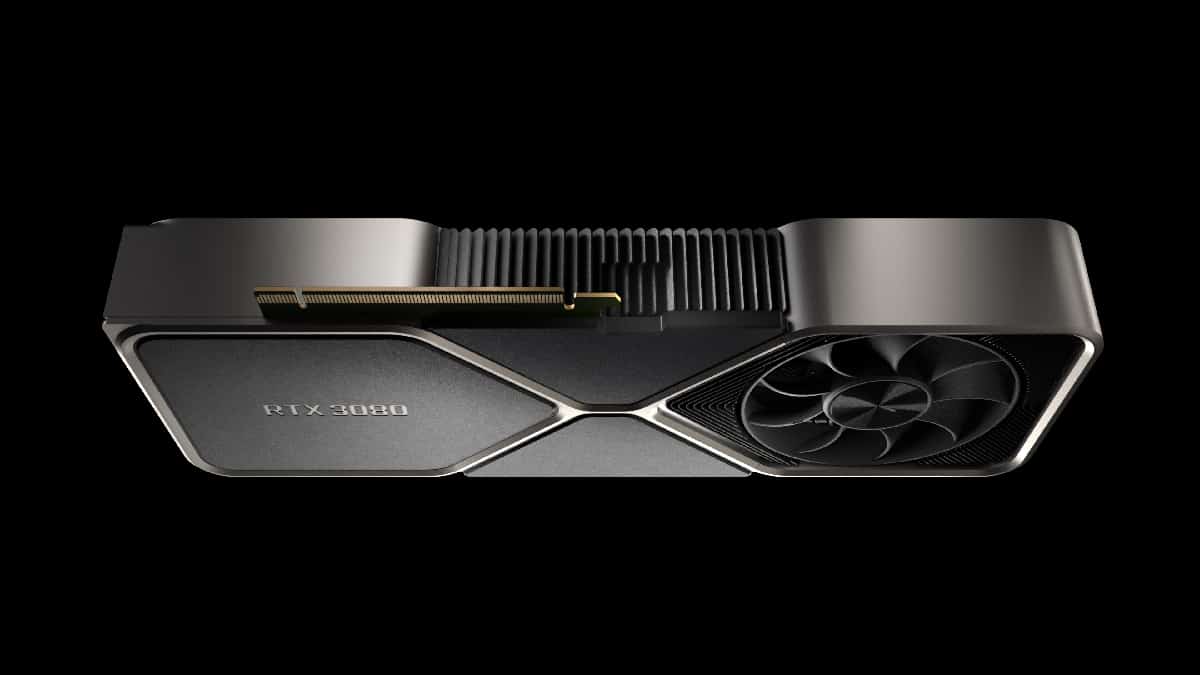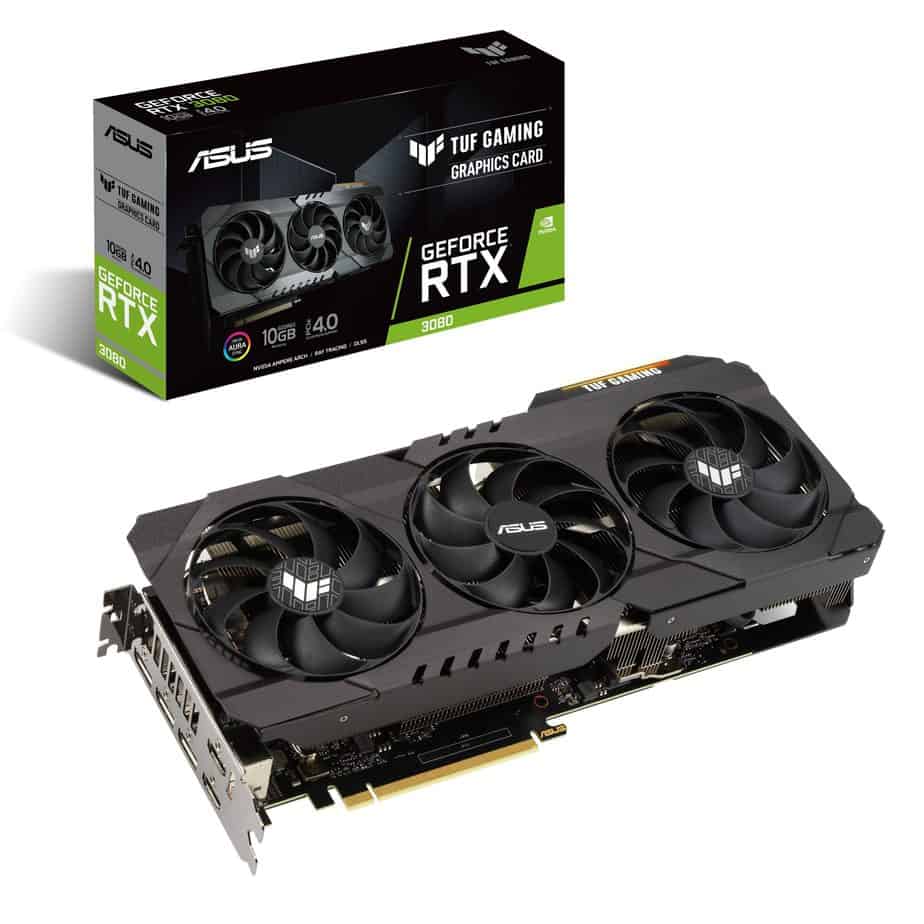RTX 3080 vs RX 6800 – which is for you?

Table of Contents
The RTX 3080 and RX 6800 are two of the previous-gen high-performance graphics cards from Nvidia and AMD, respectively. Both cards are aimed at gamers and professionals looking for the best possible performance from their PCs. In this article, we will pit the RTX 3080 vs the RX 6800, comparing the two cards across a range of metrics, including performance, power consumption, and price, to help consumers decide which one is the best fit for their needs.
With these two cards, both brands mark a milestone in history, being the first time a GPU brand shows a big generational jump with their units. It was the first time AMD entered the ray tracing world, alongside the amazing 128MB of infinity cache, and the incredible technological leap of Nvidia's Ampere architecture.
Prime Day is finally here! Find all the biggest tech and PC deals below.
- Sapphire 11348-03-20G Pulse AMD Radeon™ RX 9070 XT Was $779 Now $739
- AMD Ryzen 7 7800X3D 8-Core, 16-Thread Desktop Processor Was $449 Now $341
- ASUS RTX™ 5060 OC Edition Graphics Card Was $379 Now $339
- LG 77-Inch Class OLED evo AI 4K C5 Series Smart TV Was $3,696 Now $2,796
- Intel® Core™ i7-14700K New Gaming Desktop Was $320.99 Now $274
- Lexar 2TB NM1090 w/HeatSink SSD PCIe Gen5x4 NVMe M.2 Was $281.97 Now $214.98
- Apple Watch Series 10 GPS + Cellular 42mm case Smartwatch Was $499.99 Now $379.99
- ASUS ROG Strix G16 (2025) 16" FHD, RTX 5060 gaming laptop Was $1,499.99 Now $1,274.99
- Apple iPad mini (A17 Pro): Apple Intelligence Was $499.99 Now $379.99
*Prices and savings subject to change. Click through to get the current prices.
RTX 3080 vs RX 6800 specs comparison
One of the biggest differences is the memory size, with the RTX 3080 having 10GB of GDDR6X memory and the RX 6800 having 16GB of GDDR6 memory. The RX 6800 also has a wider memory bus of 256-bit compared to the RTX 3080’s 320-bit bus, which may give it a slight edge in certain memory-intensive workloads.
In terms of clock speeds, the RTX 3080 has a base clock of 1440 MHz and a boost clock of 1710 MHz, while the RX 6800 has a base clock of 1700 MHz and a boost clock of 2105 MHz. As a result, the RX 6800 has a higher floating-point performance of 16.17 TFLOPS compared to the RTX 3080’s 29.77 TFLOPS.
| Specs | RTX 3080 | RX 6800 |
|---|---|---|
| Memory size | 10GB GDDR6X | 16GB GDDR6 |
| Memory bus | 320 bit | 256 bit |
| Bandwidth | 760.3 GB/s | 512.0 GB/s |
| Base Clock speed | 1440 MHz | 1700 MHz |
| Boost clock speed | 1710 MHz | 2105 MHz |
| Floating-point performance | 29.77 TFLOPS | 16.17 TFLOPS |
| L3 Cache | – | 128 MB |
| TDP | 320 W | 250 W |
| MSRP | 699 USD | 579 USD |
Another notable difference is the L3 Cache. The RX 6800 comes with 128MB of L3 cache, which can improve performance in some games and applications that are optimized to make use of it.
Another big difference is TDP. The RTX 3080 has a TDP of 320W, while the RX 6800 has a TDP of 250W. This means that the RTX 3080 consumes more power and generates more heat than the RX 6800.
This difference in TDP can have a few implications for users. Firstly, a higher TDP can mean that the RTX 3080 may require a more powerful and efficient power supply to run properly. It also means that the RTX 3080 may require a more robust cooling solution, such as a liquid cooling system, to keep temperatures in check during heavy use.
RTX 3080 vs RX 6800: Price
In September 2020, Nvidia introduced the GPU generation with the release of the RTX 3080, which was initially sold at a suggested retail price of $699. Later in November 2020, AMD released the RX 6800 XT, which had a lower MSRP of $649. However, currently, the market availability and pricing for both cards are vastly different from their suggested prices due to the scarcity of stock and scalping activities. Both cards are difficult to find at the original MSRP and are being sold at inflated prices.
At the moment, it's safe to say that AMD maintains better pricing for its GPU than Nvidia. For some reason, Nvidia's prices tend to go up instead of down. Even with the release of new technologies. On average, you can purchase the 6800 for about $500, while the 3080 has prices between $750 and $1,300.
RTX 3080 vs RX 6800: Performance
The RTX GeForce graphics cards from Nvidia come equipped with Deep Learning Super Sampling (DLSS), a technology that enhances image resolution while maintaining image quality. DLSS utilizes Nvidia’s AI capabilities to enhance low-resolution images by inferring the placement of pixels, resulting in higher output resolution. As of now, AMD doesn’t have a similar technology to DLSS, but it is expected to launch FidelityFX Super Resolution later in the year, which could compete with DLSS. Until then, Nvidia has a performance edge in games that support DLSS.
Over the years a lot of benchmarks have been conducted showing how many FPS both cards achieve. And the results are always the same: the battle is close; however, there's a winner at the end and that is the RTX 3080.
If there's something Nvidia has done great since that Gen it would be DLSS. The 3080 has the help of machine learning to upscale images and show them better than they are while consuming fewer resources. When we look across the benchmarks, we can see that the 3080 and the 6800 deliver roughly the same FPS. In some games, AMD does it better, while in others Nvidia does it better.
In the majority AMD leads, though. However, the minute DLSS is on, the game changes and Nvidia takes the lead. In some cases, we even get to see up to a 72% lead in 1440p gaming from the 3080 over the 6800.
Final thoughts
The Radeon RX 6800 XT and the GeForce RTX 3080 are both highly competitive cards in the same tier, making it difficult to determine a clear winner. Ultimately, performance will be the primary factor for many consumers, but the outcome may vary depending on the specific game and settings.
Nvidia’s DLSS technology gives the RTX 3080 an additional advantage, and for those who prioritize ray tracing, the RTX 3080 is currently the better option. Based on official prices, it is the card we recommend the most.
However, when real prices get considered, the difference is just not big enough to justify the price jump between the 6800 and the 3080. So, if the best bang per buck is what you're looking for, go with the 6800, but if you really care about DLSS, you could choose the 3080.



